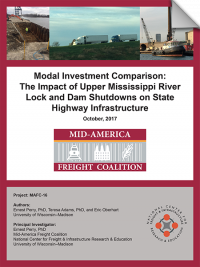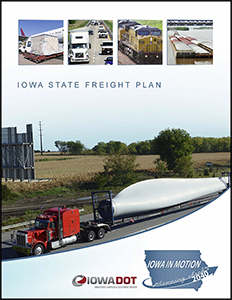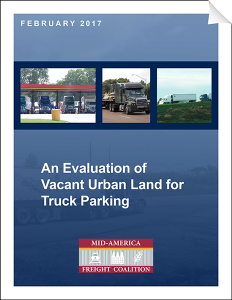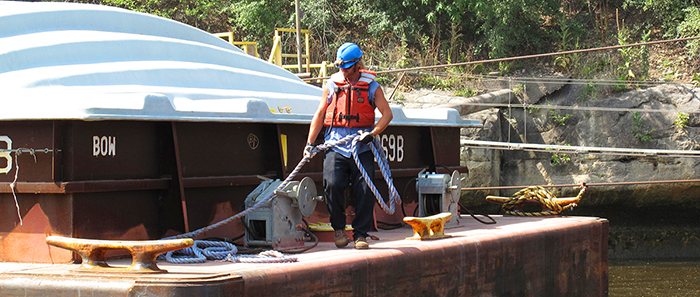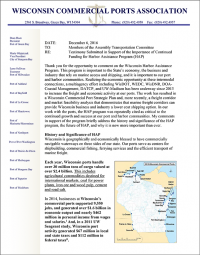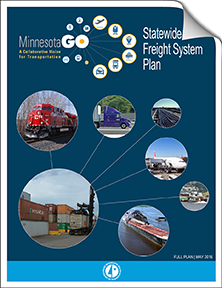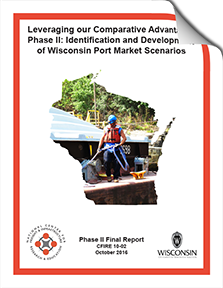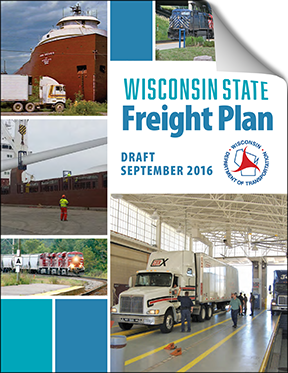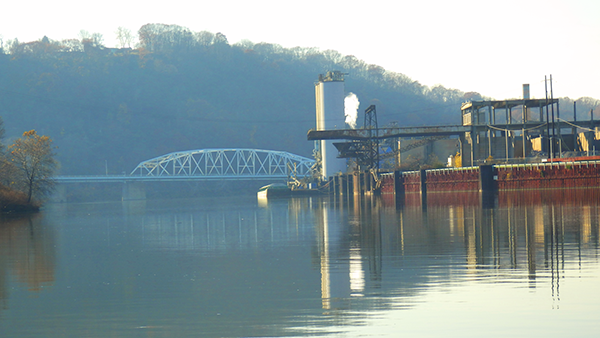The Mississippi River is a critical corridor for transportation of agricultural products and, in turn, is critical to the economies of the states that utilize the river to transport these trade goods. The report assesses the total impact of lock and dam closures along the Upper Mississippi River and then demonstrates how the cost the closures, or improvements designed to mitigate their impact on the highway side, compare with the cost of improving Upper Mississippi River control structures.
Author: Mid-America Freight Coalition
Iowa DOT is the fifth state in the nation to have their FAST Act compliant State Freight Plan accepted by the Federal Highway Administration (FHWA). The Iowa DOT’s original, MAP-21 compliant plan was amended for FAST Act and submitted to the FHWA in June. It was reviewed and accepted as including all required elements effective […]
A new white paper from the Mid-America Freight Coalition (MAFC) demonstrates strategies that can help meet the growing demand for truck parking.
Wisconsin’s marine freight system is a tremendous asset for both a strong economy as well as a healthy environment in the state. And research conducted through the National Center for Freight and Infrastructure Research and Education (CFIRE) at the University of Wisconsin-Madison is helping multiple organizations and agencies target priority projects as they create and implement plans for the state’s freight infrastructure and economic development.
MAFC Program Administrator, Ernest Perry, PhD, testified last week to members of the Assembly Transportation Committee for the State of Wisconsin in support of continued funding for the Harbor Assistance Program (HAP). In his statement, Perry emphasized a multiagency effort that has been taking place for over three years to to increase the freight and […]
The 2016 Statewide Freight System Plan was released by the Minnesota Department of Transportation.
Marine freight, ports, modal diversion, marine highways, OSOW, Great Lakes, Mississippi River
As directed by the FAST act, states and, in certain cases, Metropolitan Planning Organizations, are responsible for designating public roads as Critical Rural Freight Corridors (CRFCs) and Critical Urban Freight Corridors (CUFCs). The MAFC has completed a survey of member states for this purpose and is working on a report based on the findings.
Wisconsin Department of Transportation (WisDOT) is holding five meetings throughout the state in order to share information and collect input on the draft State Freight Plan. The plan was released at the end of September and can be downloaded from the WisDOT website. The public comment period ends on November 14th.
In his keynote address at the Ohio Planning Conference, Ernest Perry, PhD, discusses how Mid-America Freight Coalition (MAFC) states are sharing best practices, working to align efforts, and provide regional and national leadership in collaborative freight development.
